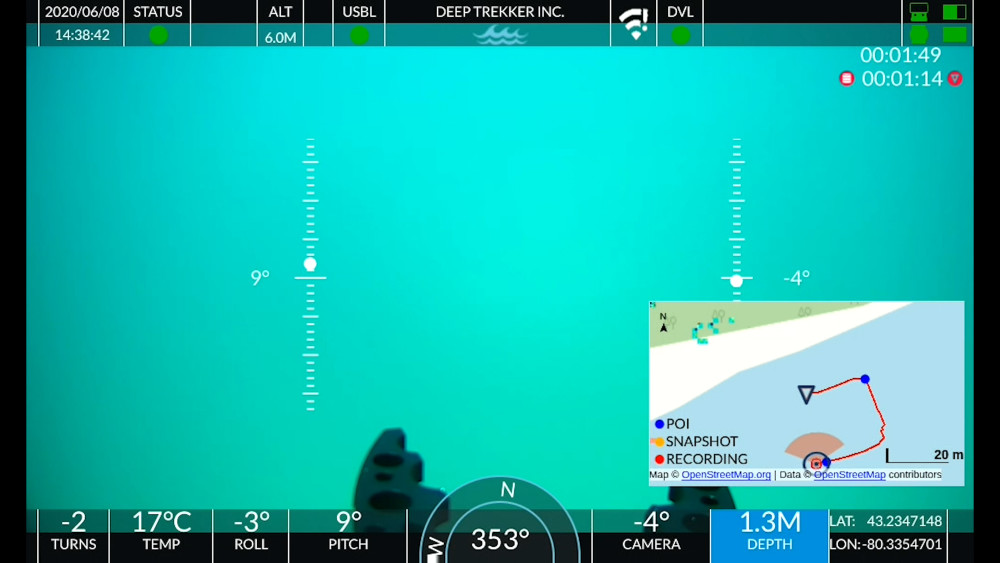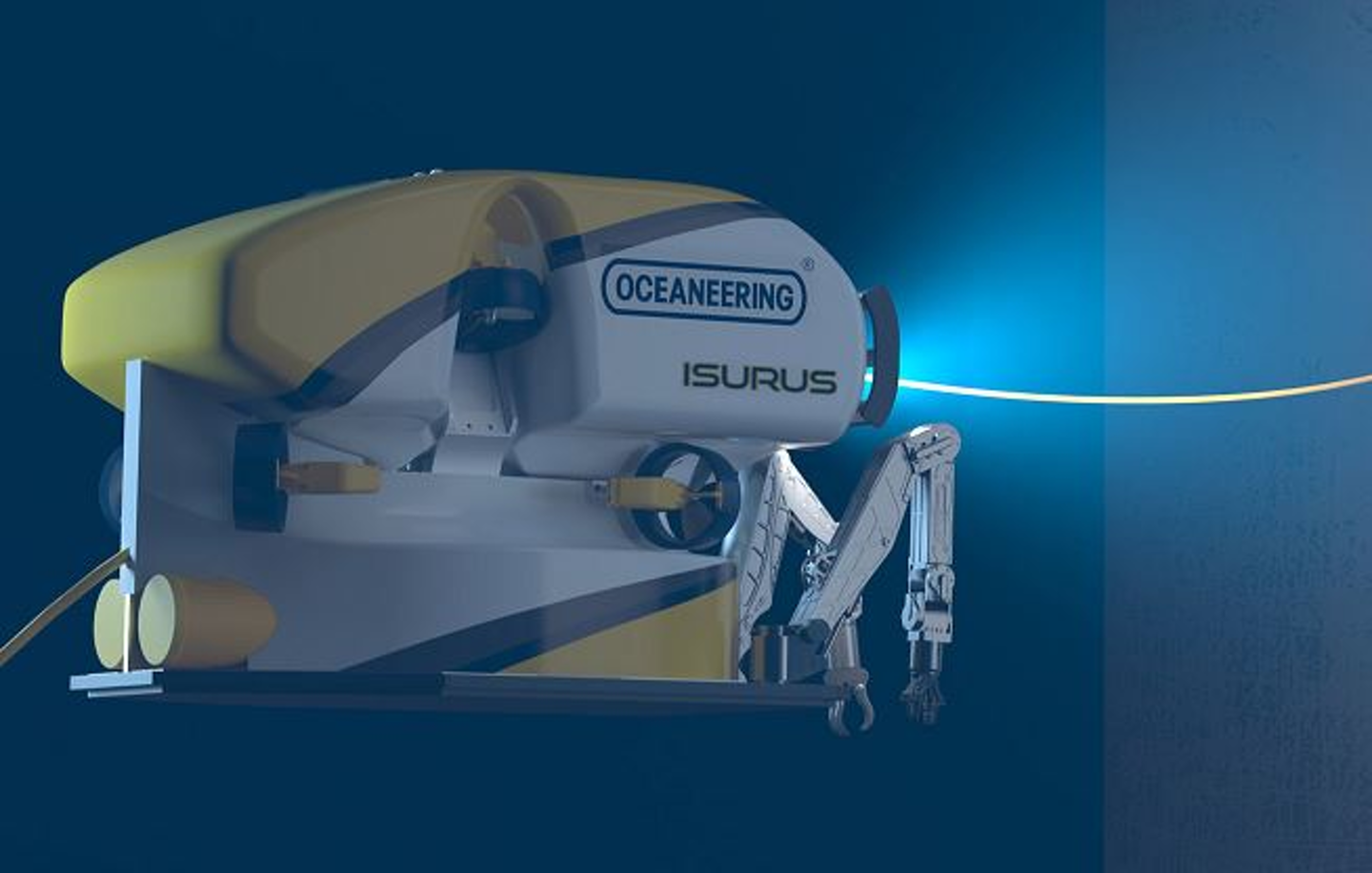Home › Forums › ROV › Self/Home Build ROV Discussions › Wireless video rov in pool
- This topic has 3 replies, 1 voice, and was last updated 17 years, 7 months ago by
Gina McLauchlan.
-
AuthorPosts
-
September 18, 2006 at 9:48 am #157
Gina McLauchlan
ParticipantThis is one carried over from the old forum
Troy
I know you said that you are designing a WIRELESS ROV, so it will obviously be battery powered, operating at what is classed as extra low voltage (i.e. a ‘safe’ voltage).
But, if you do decide to go the route of using some sort of an umbilical cable, please be very aware of electrical safety if, as you say, you are intending to use the ROV in a swimming pool, especially if alongside people swimming.
e.g. even if the ROV itself is supplied with a ‘safe’ voltage, a fault on a mains-powered video monitor or control console on the surface could possibly result in lethal voltage being sent down the shield/screen of a video coaxial cable or screened control cable. In the ROV industry, we use things like isolating video transformers, opto-isolators, and line insulation monitors etc.
Also consider safety of the spinning propellers, even if just small battery-powered motors, as these can still injure someone badly – we fit safety guards to our props when working alongside divers, albeit much more powerful motors than you will probably be using.
Sorry to sound like a nagging old woman, but I’ve just today been reading a newspaper article about a local authority here in UK being prosecuted for electrocuting a bunch of schoolkids in a swimming pool due to crappy wiring and electrical safety – luckily nobody was killed, but be aware that water, electricity and people don’t mix – unless you know what you are doing.
temp
September 18, 2006 at 9:50 am #7903Gina McLauchlan
ParticipantThis is one carried over from the old forum
I’am designing a wireless video capable rov, to be used in a swimmimg pool to a deph of 2-4 meters. I know that sending wireless video in the ocean is impossible, but is it possible in a chlorine pool? http://www.qsl.net/vk5br/uwatercomms.htm has tested in fresh water to a depth of 20meters if the receiver is in the water. has anyone tested video transmission in a swimmimg pool? I know the lower the frequency, the less effected the transmission. Is there lower video transmitters than 900Mhz.
also how does a rov submerge, and remerge. does it work on the same principle as a submarine? hobby submarines use a piston ballast tank http://www.heiszwolf.com/subs/tech/tech01.html is this princile appropiate for a rov.
what cameras are good for using underwater? for this application.
and what motors would be appropiate if the rov is going to be small.any help would be greatly appreciated
September 18, 2006 at 9:51 am #7904Gina McLauchlan
ParticipantThis is one carried over from the old forum
Troy,
1. Radio through water. Video bandwidth is 8MHz, so theoretically carrier frequencies down to 120MHz are possible, but I don’t know anyone who has done it, and I suspect that even at that frequency transmission through water would be very limited. Standard model radio control gear uses 75 mW power on 27 or 40 MHz, and that only works reliably through a couple of metres of fresh water. An optical link using fibre optic Tx and Rx diodes with diverging lenses might be an easier option in a clean swimming pool? Still pretty ambitious though, simplest solution would be to have the ROV tow a surface buoy with aerials.
2. Vertical control. ROVs don’t use ballast tanks, they are carefully trimmed to be as near as possible to neutrally buoyant, then need a relatively small thruster force to move up or down. The only reason submarines use tanks is to make them positively buoyant when on the surface, once submerged they are trimmed neutral and use planes or thrusters to control depth.
3. Camera. Best bet is to encapsulate a cheap board camera: Glue a disk of 6mm or thicker acrylic over the front of the lens, making sure it is sealed all round so resin can’t seep in, seal up all holes in the plastic lens housing with epoxy. Find something to use as a mould, and arrange the camera in it so that when filled with resin the resin won’t go over the acrylic viewport (I do this by sticking the viewport to the bottom of the mould with double sided tape), Then fill the mould with polyurethane or epoxy potting compound.
4. Motors. The housings and seals are more of a problem than the motors themselves (see some earlier posts on this forum). Solutions that some home builders have used: a) model aircraft motors with reduction gears, b) cordless drill motors which have an integral gearbox, c) submersible pumps, which have the advantage of already being waterproof, d) electric outboards (trolling motors).
October 15, 2006 at 12:19 pm #7905Gina McLauchlan
ParticipantThis is one carried over from the old forum
😀 Hi
Just some info on wireless rovs.
They use a unit called an acoustic modem it has a bad rate of 19000 at the moment and will take the sign for about 4KLMs.
I have been doing a bit of research about rovs as I am building my first one at this time, it is only cheap and small but once I have perfected it will make the next one alot bigger.Here is a few links just to help other people and to back up what I have said…
Modem – http://www.tritech.co.uk/Products/Products-AM300_Acoustic_Modem.asp
Lights – http://www.seascape.nl/cctv.htm
Joystick: – http://www.pontech.com/products/sv200/
Arm – http://www.robotstoreuk.com/ROBOTS-/pages/Robot-Arm/arm-details-01.htmAnd here is a link to a class that was builing a rov;
http://www.seatech4h.com/index2.aspI dont know whether this will help you or not but have found a company that has moldable material that you just heat up with hot water and then sets like nylon and if you get it wrong just reheat it again.
I have not used it yet but I am going to when I get time to order some.
http://www.maplin.co.uk/Module.aspx?ModuleNo=35511&TabID=1&source=14&doy=8m1 😀 -
AuthorPosts
- You must be logged in to reply to this topic.



